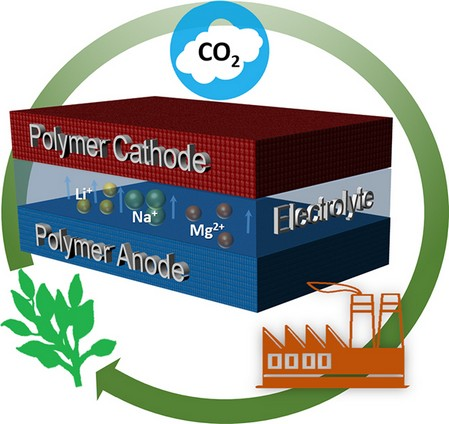Crossref Citations
This article has been cited by the following publications. This list is generated based on data provided by Crossref.
Jin, Zeqing
Zhang, Zhizhou
and
Gu, Grace X.
2019.
Autonomous in-situ correction of fused deposition modeling printers using computer vision and deep learning.
Manufacturing Letters,
Vol. 22,
Issue. ,
p.
11.
Yang, Mengxi
Leon, Noel
Pan, Baofei
Yu, Zhou
Cheng, Lei
and
Liao, Chen
2020.
Mechanistic Insights in Quinone-Based Zinc Batteries with Nonaqueous Electrolytes.
Journal of The Electrochemical Society,
Vol. 167,
Issue. 10,
p.
100536.
Zhan, Xiaowen
Lu, Xiaochuan
Reed, David M.
Sprenkle, Vincent L.
and
Li, Guosheng
2020.
Emerging soluble organic redox materials for next-generation grid energy-storage applications.
MRS Communications,
Vol. 10,
Issue. 2,
p.
215.
Rohland, Philip
Schröter, Erik
Nolte, Oliver
Newkome, George R.
Hager, Martin D.
and
Schubert, Ulrich S.
2022.
Redox-active polymers: The magic key towards energy storage – a polymer design guideline progress in polymer science.
Progress in Polymer Science,
Vol. 125,
Issue. ,
p.
101474.
Siwal, Samarjeet Singh
and
Zhang, Qibo
2022.
Conjugated Polymers for Next-Generation Applications.
p.
91.
Zhang, Jingjing
Shkrob, Ilya A.
Robertson, Lily A.
and
Zhang, Lu
2022.
Multiple charging and chemical stability of tripodal catholyte redoxmers.
Chemical Physics Letters,
Vol. 787,
Issue. ,
p.
139212.
Nishide, Hiroyuki
2022.
Organic redox polymers as electrochemical energy materials.
Green Chemistry,
Vol. 24,
Issue. 12,
p.
4650.
Shida, Naoki
and
Inagi, Shinsuke
2022.
Sustainable and Functional Redox Chemistry.
p.
249.
2023.
An Introduction to Redox Polymers for Energy‐Storage Applications.
p.
17.




